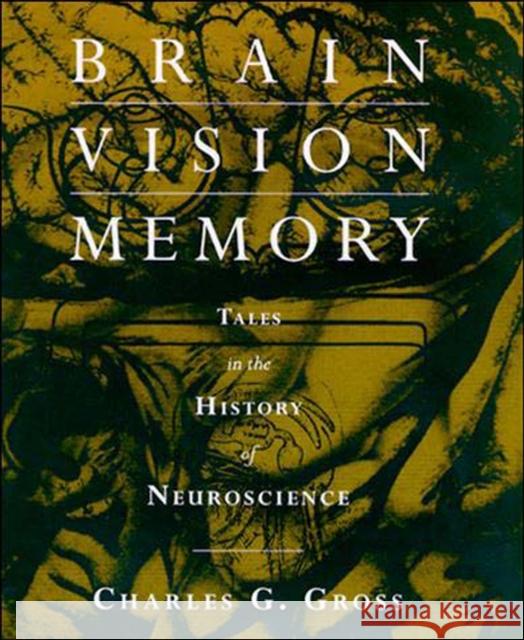Brain, Vision, Memory : Tales in the History of Neuroscience » książka
Brain, Vision, Memory : Tales in the History of Neuroscience
ISBN-13: 9780262571357 / Angielski / Miękka / 1999 / 273 str.
Charles G. Gross is an experimental neuroscientist who specializes in brain mechanisms in vision. He is also fascinated by the history of his field. In these tales describing the growth of knowledge about the brain from the early Egyptians and Greeks to the present time, he attempts to answer the question of how the discipline of neuroscience evolved into its modern incarnation through the twists and turns of history.The first essay tells the story of the visual cortex, from the first written mention of the brain by the Egyptians, to the philosophical and physiological studies by the Greeks, to the Dark Ages and the Renaissance, and finally, to the modern work of Hubel and Wiesel. The second essay focuses on Leonardo da Vinci's beautiful anatomical work on the brain and the eye: was Leonardo drawing the body observed, the body remembered, the body read about, or his own dissections? The third essay derives from the question of whether there can be a solely theoretical biology or biologist; it highlights the work of Emanuel Swedenborg, the eighteenth-century Swedish mystic who was two hundred years ahead of his time. The fourth essay entails a mystery: how did the largely ignored brain structure called the "hippocampus minor" come to be, and why was it so important in the controversies that swirled about Darwin's theories? The final essay describes the discovery of the visual functions of the temporal and parietal lobes. The author traces both developments to nineteenth-century observations of the effect of temporal and parietal lesions in monkeys -- observations that were forgotten and subsequently rediscovered.











